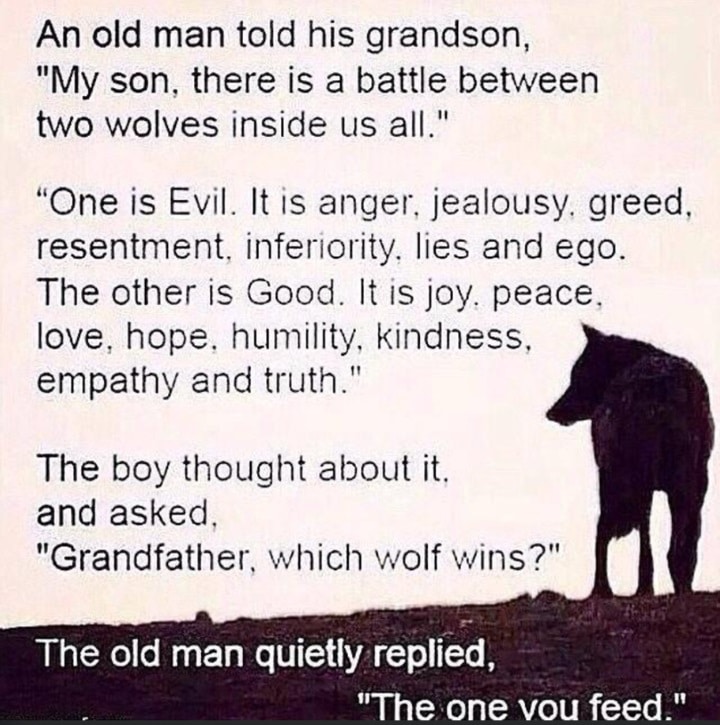
“Speech is power: Speech is to persuade, to convert, to compel.” – Ralph Waldo Emerson
In series 1, we focused on crafting a powerful value proposition to effectively communicate, influence and persuade.
In series 2, we will focus on how to maximize the power of storytelling as a tool in communicating the story to a target audience to connect, convince, inspire, motivate and influence.
Through powerful storytelling, we can
- Connect with and captivate our audience in a memorable and lasting way
- Convince our audience through the use of emotions, or a mix of pathos, logos and ethos
- Inspire and motivate our audience by leaving them feeling positive and hopeful
- Influence our audience by making them adopt, advocate for and act on something
If we want to influence how a customer feels about our product or solution, we provide an experience that creates the desired emotion.
One of the best ways for a customer to experience our complex product or solution is by sharing a vivid and persuasive customer story. Here are 3 ways to make a persuasive story:
1. Activate the senses when creating and telling a story.
Research has shown that stories can activate the region of the brain that processes sights, sounds, tastes, and movement. We can visualize what’s happening like a motion picture inside our mind’s eye. Contrast this approach to a salesperson delivering a data dump in the form of an 85-slide powerpoint presentation.
“Your purpose is to make your audience see what you saw, hear what you heard, feel what you felt. Relevant detail, couched in concrete, colorful language, is the best way to recreate the incident as it happened and to picture it for the audience.” – Dale Carnegie
2. Use the power of emotion in storytelling.
Aristotle, the ancient Greek philosopher, suggested that any spoken or written communication intended to persuade contains three key rhetorical elements: LOGOS, the logic and reasoning in the message; ETHOS, the character, credibility and trustworthiness of the communicator; and PATHOS, the emotional dimension.
“People buy on emotion and justify with logic.” – HBR Article
3. Make your story stick through the use of metaphor.
In the example below, what do the two wolves symbolize?

What makes your own story persuasive?
